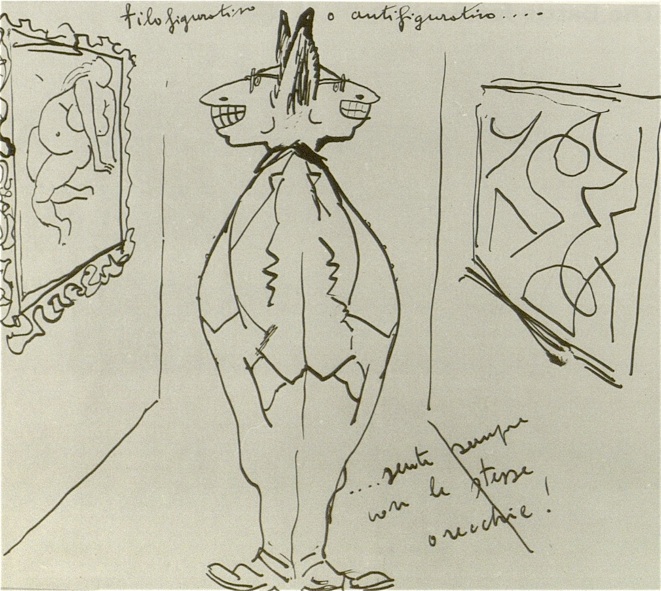Art World Politics in Postwar Paris
Postwar Paris was an intensely charged cultural environment. As art historian Michael Plante describes, “the physical and moral devastation brought on by the war” [i] left a profound void of meaning for many who had lived through its horrors. Renewed cultural production offered a path for spiritual rehabilitation, and a way out of the morass. As a consequence, the debates that had preoccupied the Parisian art world prior to the Second World War were reopened with what Plante describes as an “urgency” [ii] that signaled the symbolic role art could play within the larger job of rebuilding postwar France:
“The politics of artistic style became increasingly polarized during the latter part of the 1940s, with Geometric Abstraction becoming the bête noire of advanced French art, associated as it was with the foreign artists of de Stijl and Russian Constructivism, while the development of figural artistic practices was divided between conservative elements—those artists and historians who sought to maintain the French tradition—and the more politically radical concerns of the French Communist Party (Parti Communiste française, or PCF).” [iii]
As Americans, Calder and Kelly’s art was not inherently implicated in the struggle to identify a new French style: nevertheless, these debates were inseparable to the cultural fabric of Paris at the time, and to the way art—their art included—was exhibited and received. Plante notes that postwar Paris was home to a strong community of American expatriates who, along with their contemporaries from around the world, were drawn to the city that remained the home of artists including Jean Arp and Constantin Brancusi. [iv] The friction that characterized Paris’s artistic community after the war seems to have created a rich cultural ferment that—together with the low cost of rent—created a fertile working environment for artists, especially young American artists who benefitted from the favorable exchange rate on the dollar.
Read what life was like for American expatriate artists who moved to Paris after the war.
Read about the exhibition that put American artists on the map in Paris.
[i] Michael Plante, “Sculpture’s Autre Falkenstein’s Direct Metal Sculpture and the Art Autre Aesthetic,” Art Journal 53, no.4 (Winter 1994): 66.
[ii] Plante, “Sculpture’s Autre…” 66.
[iii] Ibid.
[iv] Plante, “Sculpture’s Autre…” 68.
< Return to Renaissance and Rebuilding: Calder and Kelly’s Paris

